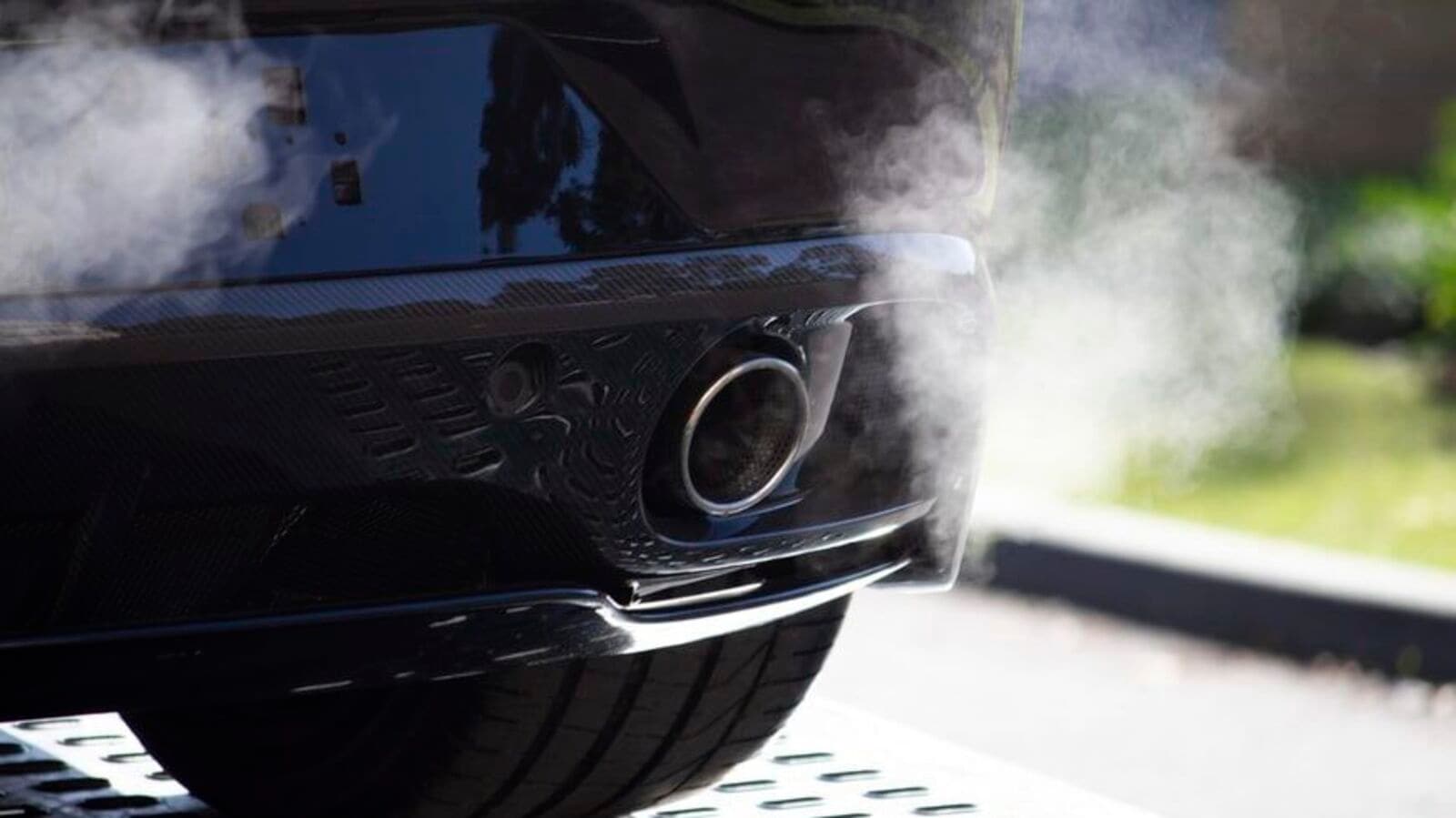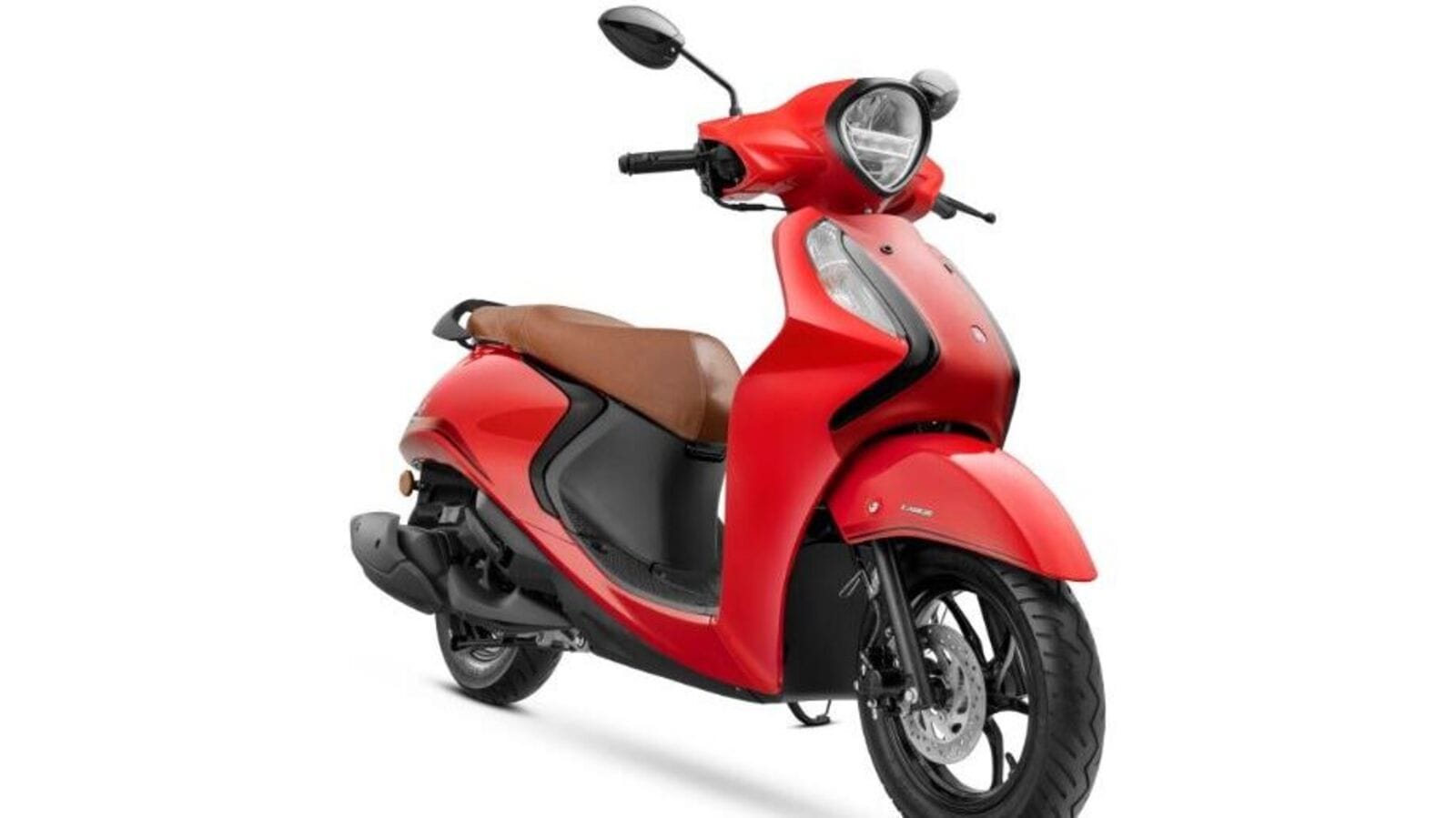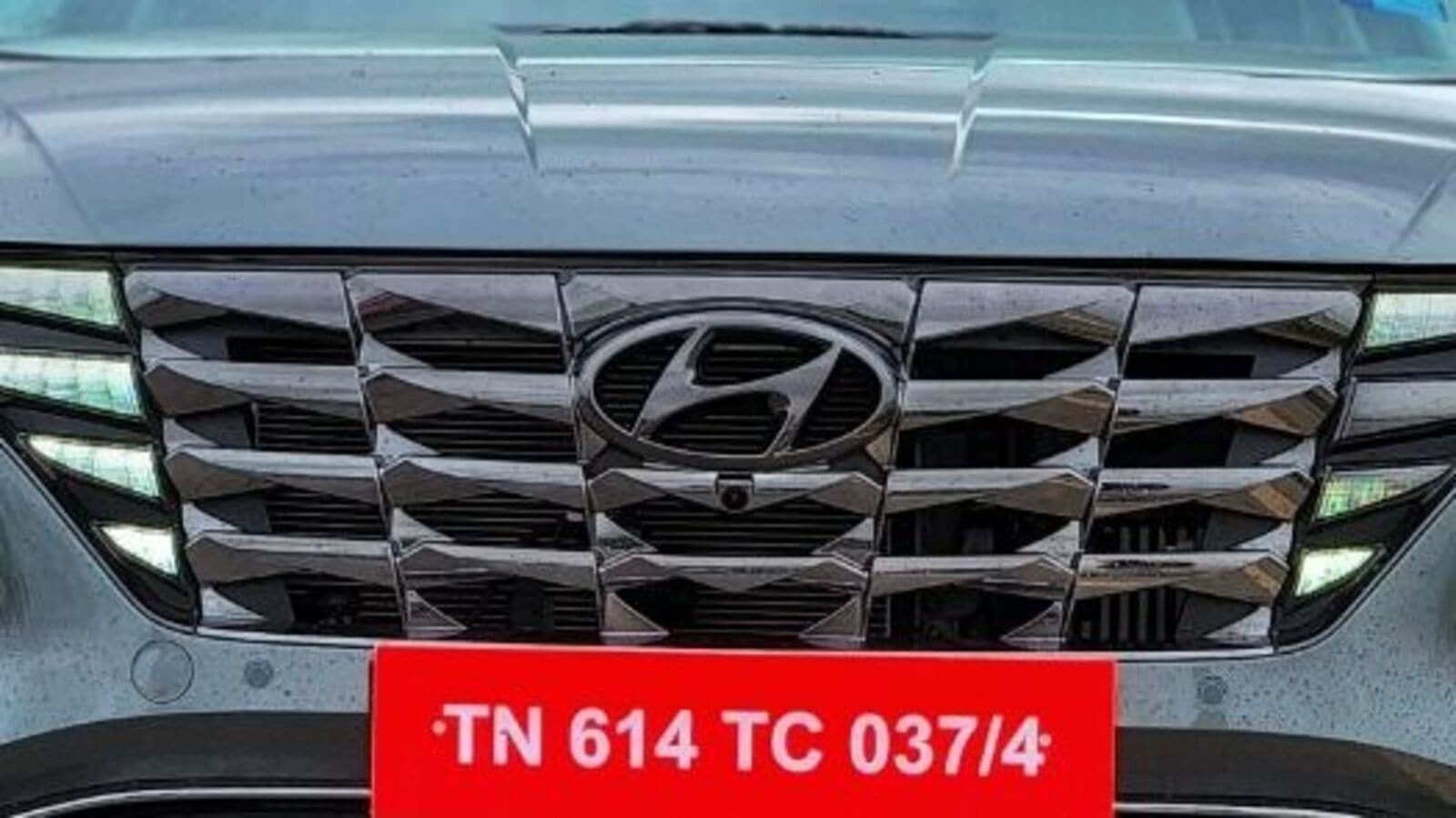- Real Driving Emissions (RDE) come as a significant technological upgrade in the BS6 emission norms.
It’s been one year and a day past, the second stage of Bharat Stage Six or BS6 emission norms has been implemented across India. A key element of the BS6 emission regulation is the Real Driving Emission (RDE) norms. In fact, it can be called the driving force behind the second phase of the BS6 emission norms.
While we know that the BS6 emission norm is the latest emission regulation, that the vehicle manufacturers in the country must comply with while developing and making their respective vehicles, the idea of RDE is not clear to many.
Also Read : India might revise upcoming vehicle emission norms? Here’s why
To clear up your confusion, here is a comprehensive fact sheet about the RDE.
What is RDE?
Currently, to comply with the BS6 norms, vehicle emission measurements and tests are largely tested and determined in the laboratory with artificial scenarios that replicate the real world without any external influence. This results in differences between emission data produced during the lab test and in the real world. Here comes the RDE which has been developed as a testing method to measure emissions in actual driving conditions rather than laboratories.
The RDE mandates that vehicle manufacturers equip their vehicles with a Portable Emissions Measurement System (PEMS). Also, the norms mandate that diesel vehicles must come with Selective Catalytic Reduction (SCR) systems onboard. The SCR uses Diesel Exhaust Fluid (AdBlue), which significantly reduces emissions of compounds such as nitrogen oxides (NOx) by converting pollutants into water, nitrogen and small amounts of carbon dioxide. This eventually reduces the overall tailpipe emission of the vehicle.
During the first phase of BS6 norms, automakers could comply with regulations through the Lean NOx Trap (LNT) system, which allowed sub-2.0-litre diesel engines to achieve lower pollution levels. The bigger diesel motors already upgraded to the SCR system during the initial phase of BS6 emission norms. However, with the second phase of BS6 enforced, the automakers will have to use more sophisticated and expensive SCR systems.
RDE impact on car buyers
While the automakers have been bearing the majority of the impact of RDE implementation, the consumers are facing the impact mainly in the form of price hikes for vehicles. In the last one year, several automakers have increased their passenger vehicles’ pricing significantly irrespective of variants and powertrains. The small cars too have seen a significant price hike overall. These price hikes can be attributed to the overall production cost surge owing to the new norms among others. come
First Published Date: 03 Apr 2024, 07:30 AM IST





